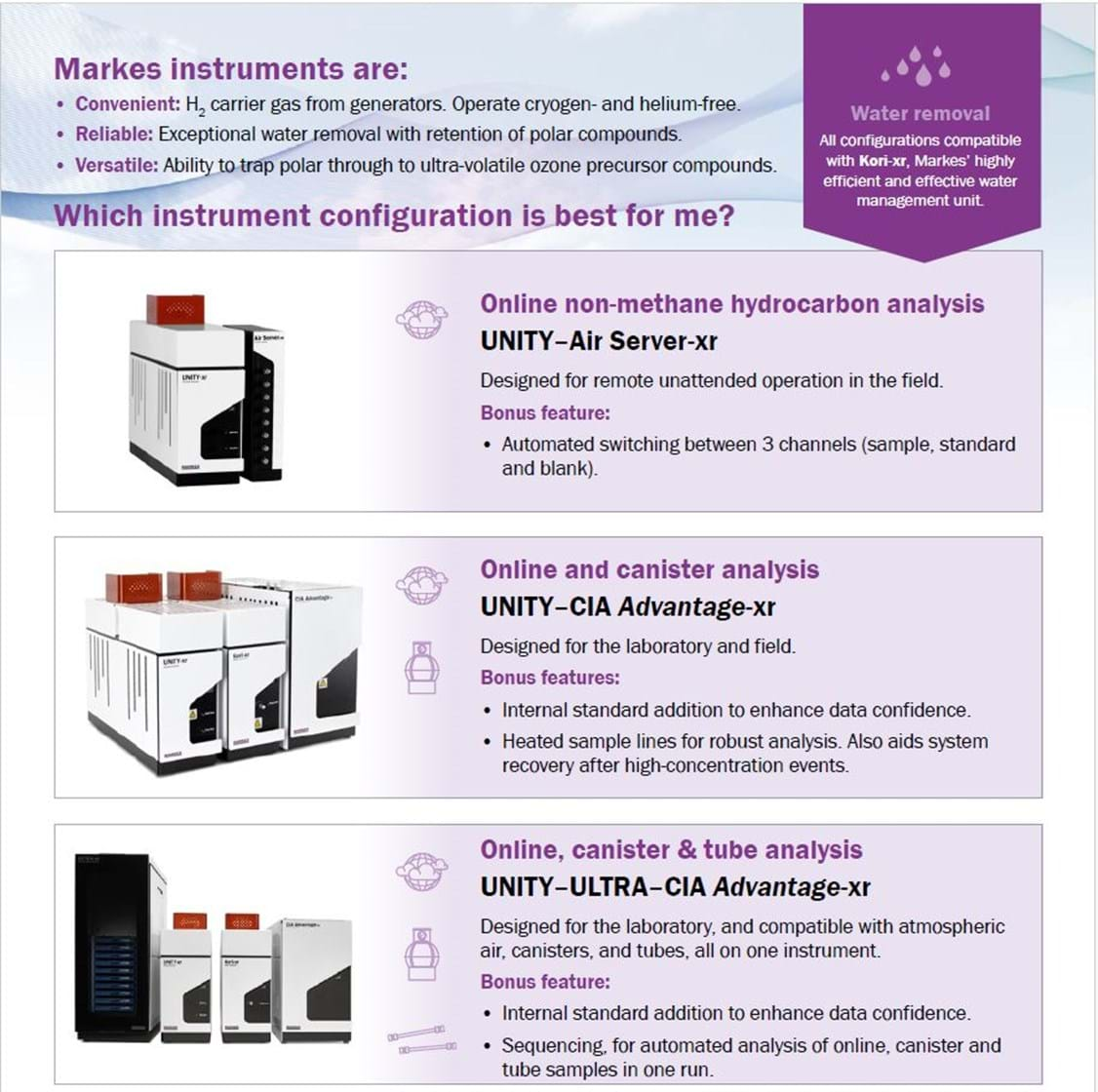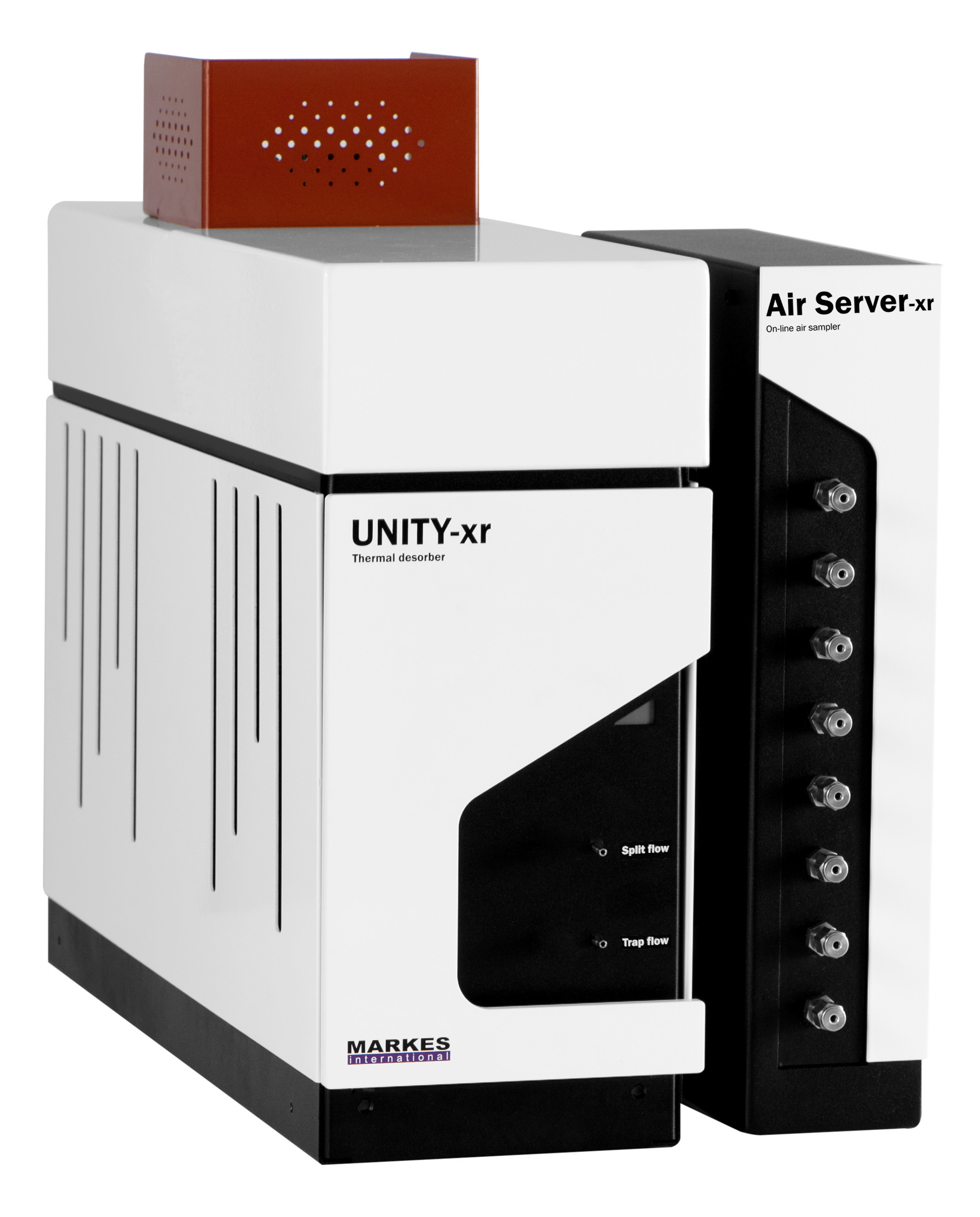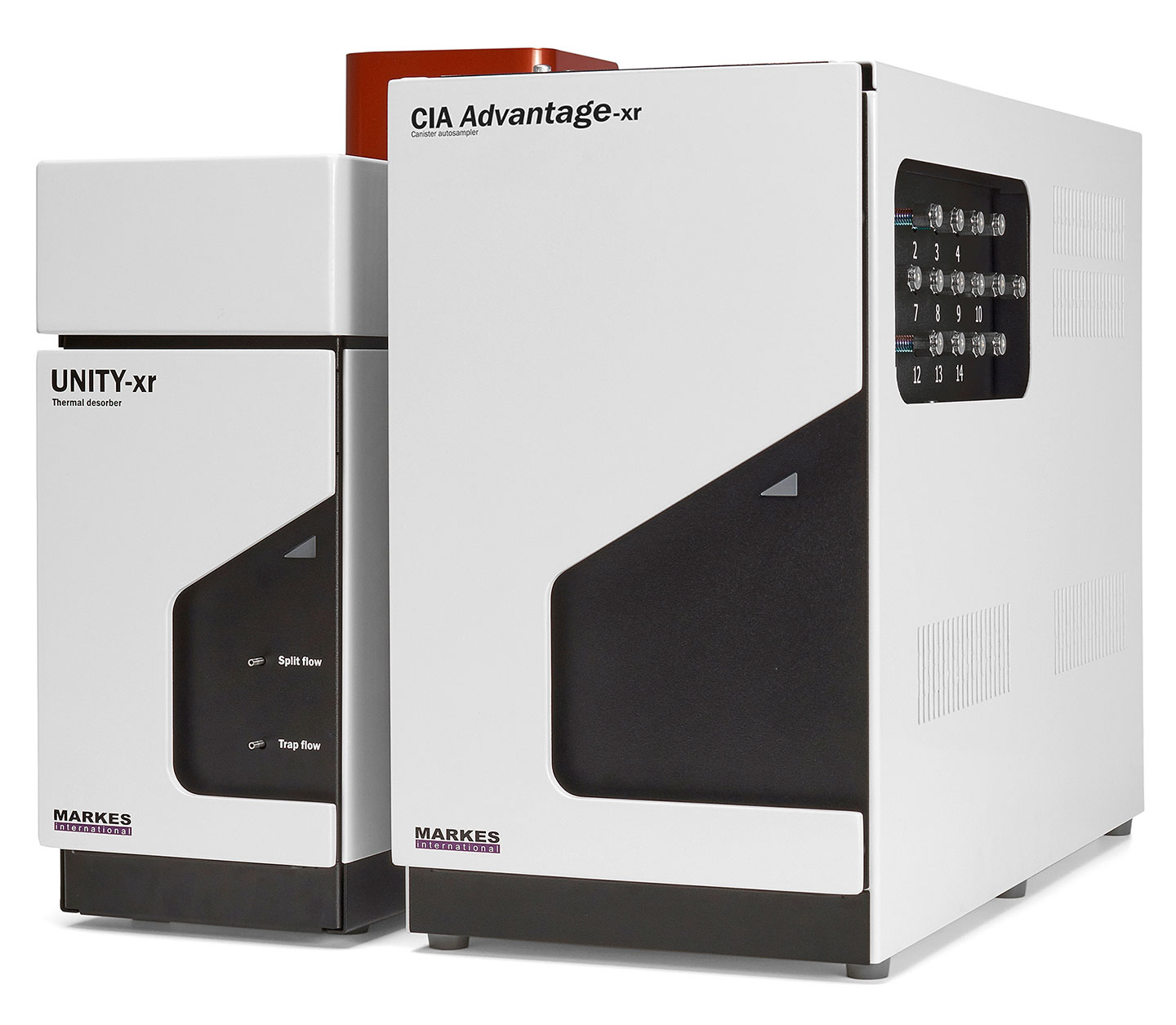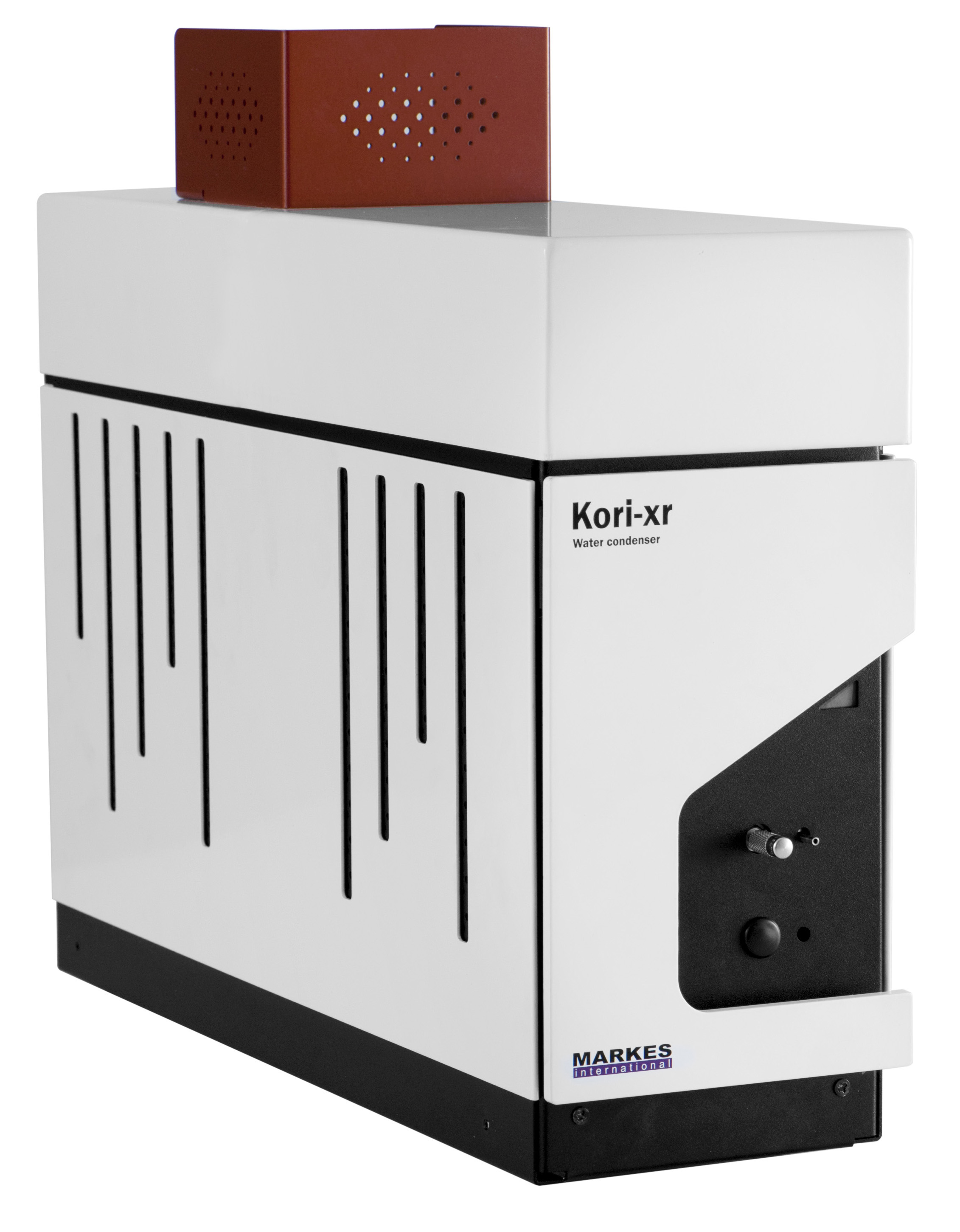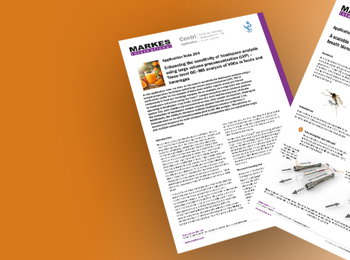Ultra-volatiles are often monitored using ‘whole air’ sampling techniques because of their low boiling points.
What compounds are classified as ultra-volatiles?
Ultra-volatile compounds encompass three key classes of compounds, namely:
- Ozone precursors – These hydrocarbons range in volatility from acetylene to trimethylbenzene, and contribute to the formation of ground-level ozone. In the US, they have been monitored for many years through the ‘PAMS’ network, and the recently re-engineered program has now added some oxygenated species and terpenoids to the list.
- Odorous compounds – A number of ultra-volatiles, particularly sulfur compounds, are associated with unpleasant odours, which can be noticeable even at low concentrations.
- Halogenated greenhouse gases – Some greenhouse gases are on the standard US EPA list of ‘air toxics’, but others such as carbon tetrafluoride, hexafluoroethane, chlorotrifluoromethane and sulfur hexafluoride are not.
Why are ultra-volatiles monitored?
Ozone precursors and other ultra-volatiles are monitored for regulatory compliance as well as for research, but a growing trend – especially in Asia – is to carry out continuous on-line monitoring. Such studies enable source apportionment and help enhance understanding of the factors that influence analyte concentrations.
Using thermal desorption to monitor ultra-volatiles
Because many ozone precursors and other ultra-volatiles are not retained well on sorbent tubes at ambient temperature, sampling is typically carried out using ‘whole air’ techniques.
The two main methods are:
- On-line sampling, in which samples are taken directly onto a TD focusing trap. Air can either be sampled for a defined period of time followed by analysis (in accordance with the US EPA PAMS method), or two focusing traps can be set up to work alternately, for continuous sampling.
- Canister sampling, in which samples are taken in the field using 1 L or 6 L canisters, and then analysed back in the laboratory using trap-based thermal desorption.
In either case, the use of inert flow paths is vital to ensure compatibility with highly labile analytes such as sulfur compounds.
Equipment for monitoring ultra-volatiles from Markes International
